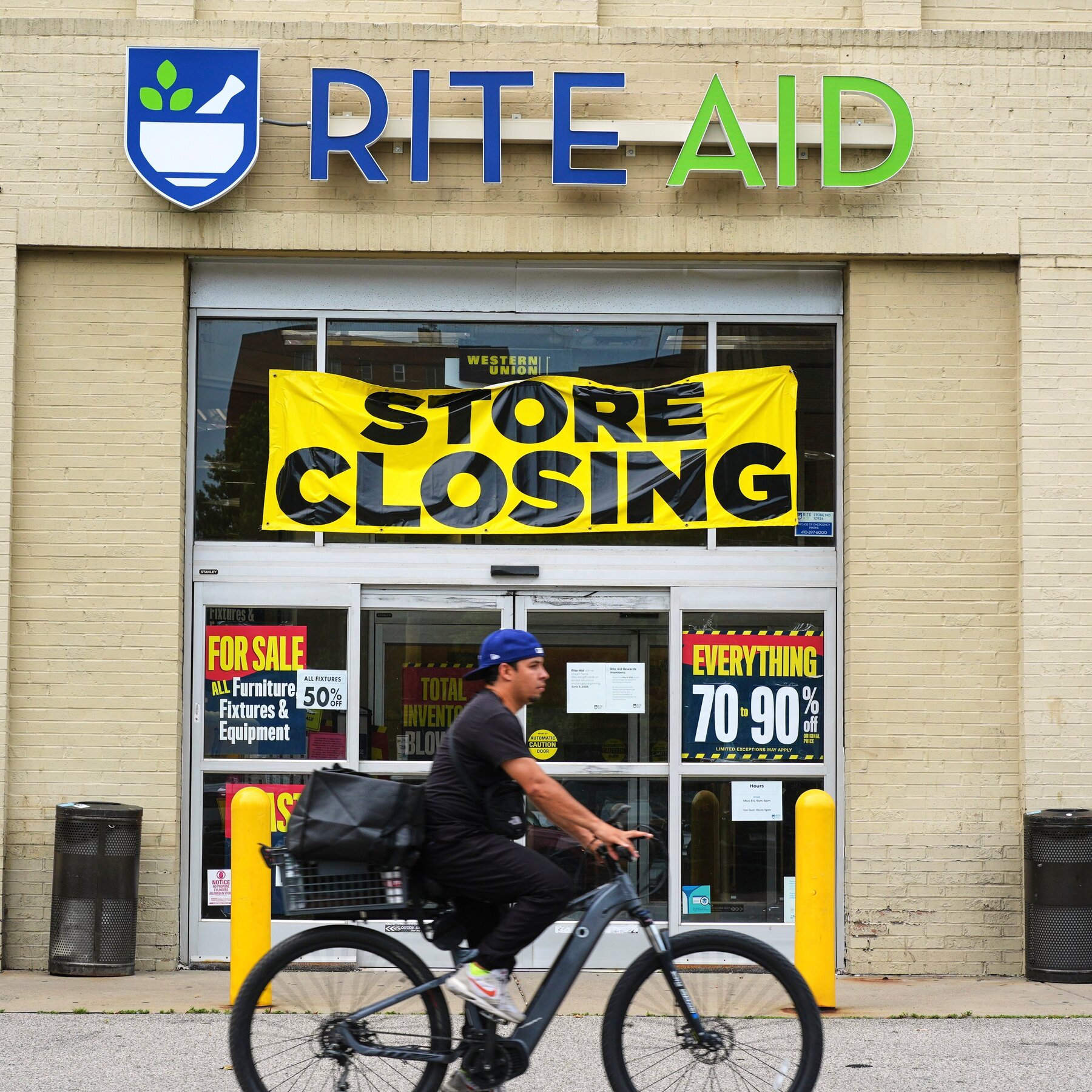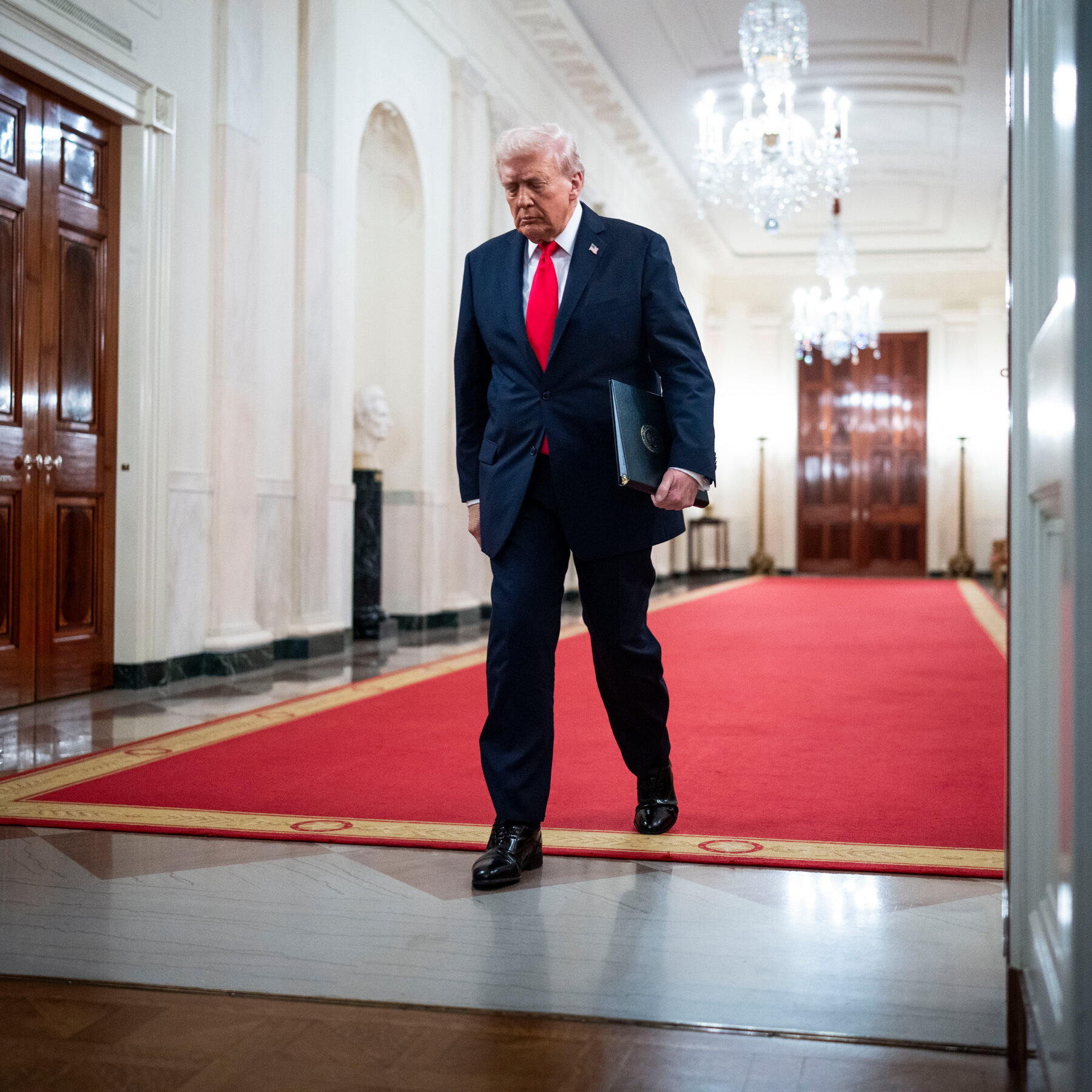Trump Shifts to Affordability Narrative as Economic Frustration Grows
Tariffs Inflate Prices, Eroding Recent Wage Gains
President Donald Trump is pivoting his administration’s messaging toward the theme of “affordability” after a wave of consumer discontent has surfaced across the United States. While wages have seen modest growth in recent months, many Americans feel the benefits are being neutralized by rising prices tied to the administration’s tariff policies.
Trade barriers imposed on a range of imported goods—particularly steel, aluminum, and various consumer products—have driven up costs for both manufacturers and shoppers. As a result, household budgets are tightening, and the promised “big, beautiful” economic recovery is meeting skepticism on Main Street.
Public Backlash and Political Stakes
Polling data released this week indicates a noticeable dip in approval for the president’s economic agenda, with a growing share of respondents citing “higher prices” as their primary concern. Small‑business owners report that increased input costs are forcing them to raise retail prices, further feeding the cycle of consumer frustration.
In response, the White House has begun to emphasize policies aimed at reducing the cost of living, such as tax relief for middle‑income families and initiatives to boost domestic production of everyday goods. “We are listening to the American people,” a senior administration official said, “and we will take concrete steps to make essential items more affordable for every household.”
Looking Ahead
Analysts warn that without a clear strategy to offset tariff‑induced price hikes, the administration’s affordability narrative may struggle to gain traction. Economists suggest that targeted subsidies, renegotiated trade agreements, or temporary tariff suspensions could help restore consumer confidence and ensure that wage growth translates into real‑world purchasing power.
As the debate over trade policy and its impact on everyday Americans intensifies, the administration’s next moves will be closely watched by both the business community and voters who are eager for relief from the mounting cost pressures.







